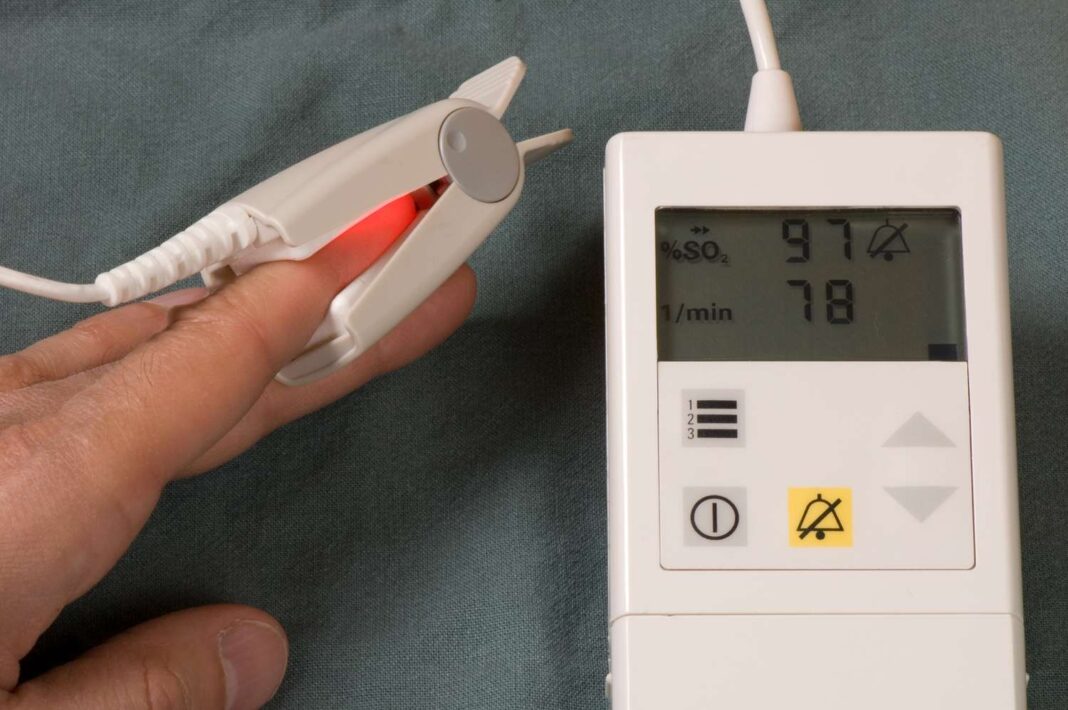What Is Obstructive Sleep Apnea?
Obstructive sleep apnea (OSA) is a common sleep disorder that is characterized by the interruption of breathing during sleep due to a blockage of the airway. People with OSA may experience repeated episodes of shallow or paused breathing, which can last from a few seconds to several minutes. This can occur multiple times throughout the night, leading to poor sleep quality and daytime fatigue.
Low Blood Oxygen Levels and Hypoxemia
Low blood oxygen levels, also known as hypoxemia, can occur in people with OSA. Hypoxemia is a condition where the body’s tissues and organs are deprived of the oxygen they need to function properly. This can lead to a range of symptoms, including fatigue, lightheadedness, and shortness of breath.
Causes and Risk Factors of Obstructive Sleep Apnea
Obstructive sleep apnea can affect anyone, regardless of age, sex, or weight. However, some people are more likely to develop the condition due to various risk factors, including:
- Being overweight or obese
- Having a family history of sleep apnea
- Having a family history of other sleep disorders
- Being male
- Being over the age of 40
- Having high blood pressure or heart disease
- Having a narrow airway or other anatomical abnormalities
Symptoms of Sleep Apnea
The symptoms of sleep apnea can vary from person to person, but common signs and symptoms include:
- Snoring or gasping for air
- Waking up with a dry mouth or sore throat
- Fatigue or excessive daytime sleepiness
- Difficulty concentrating or paying attention
- Memory problems or mood changes
- Headaches or migraines
- High blood pressure or heart disease
Diagnosis and Treatment
Obstructive sleep apnea is typically diagnosed through a combination of:
- A physical examination
- A sleep study or polysomnogram (PSG)
- A sleep diary or symptom questionnaire
- A physical examination of the airway and other anatomical structures
Treatment for sleep apnea often involves lifestyle changes, such as:
- Losing weight or maintaining a healthy weight
- Avoiding sleeping on your back
- Elevating the head of your bed
- Using a continuous positive airway pressure (CPAP) machine
- Using an oral appliance or other breathing devices
- Avoiding sedatives or other medications that can exacerbate sleep apnea
Conclusion
Obstructive sleep apnea is a common and potentially serious sleep disorder that can have a significant impact on daily life. If you suspect that you or a loved one may have sleep apnea, it is essential to seek medical attention and undergo a proper evaluation and diagnosis. With proper treatment and management, it is possible to manage sleep apnea and improve overall health and well-being.
Frequently Asked Questions
Q: What is the difference between obstructive sleep apnea and central sleep apnea?
A: Obstructive sleep apnea is caused by a blockage of the airway, while central sleep apnea is caused by a lack of breathing effort.
Q: Can sleep apnea be cured?
A: While sleep apnea cannot be cured, it can be effectively managed with treatment and lifestyle changes.
Q: Is sleep apnea more common in men or women?
A: Sleep apnea is more common in men, particularly those over the age of 40.
Q: Can sleep apnea increase the risk of other health problems?
A: Yes, sleep apnea has been linked to an increased risk of heart disease, stroke, and other cardiovascular problems.





